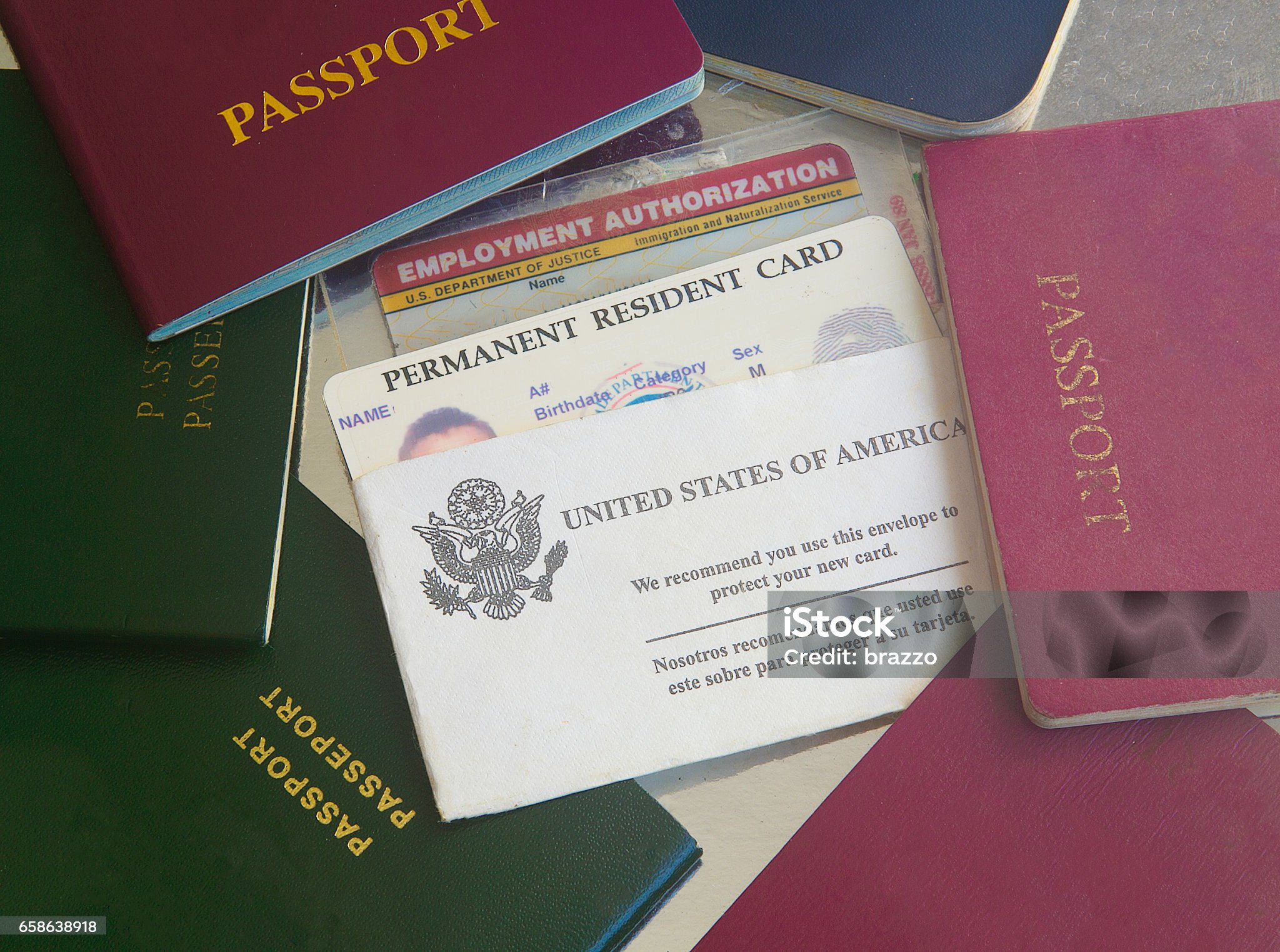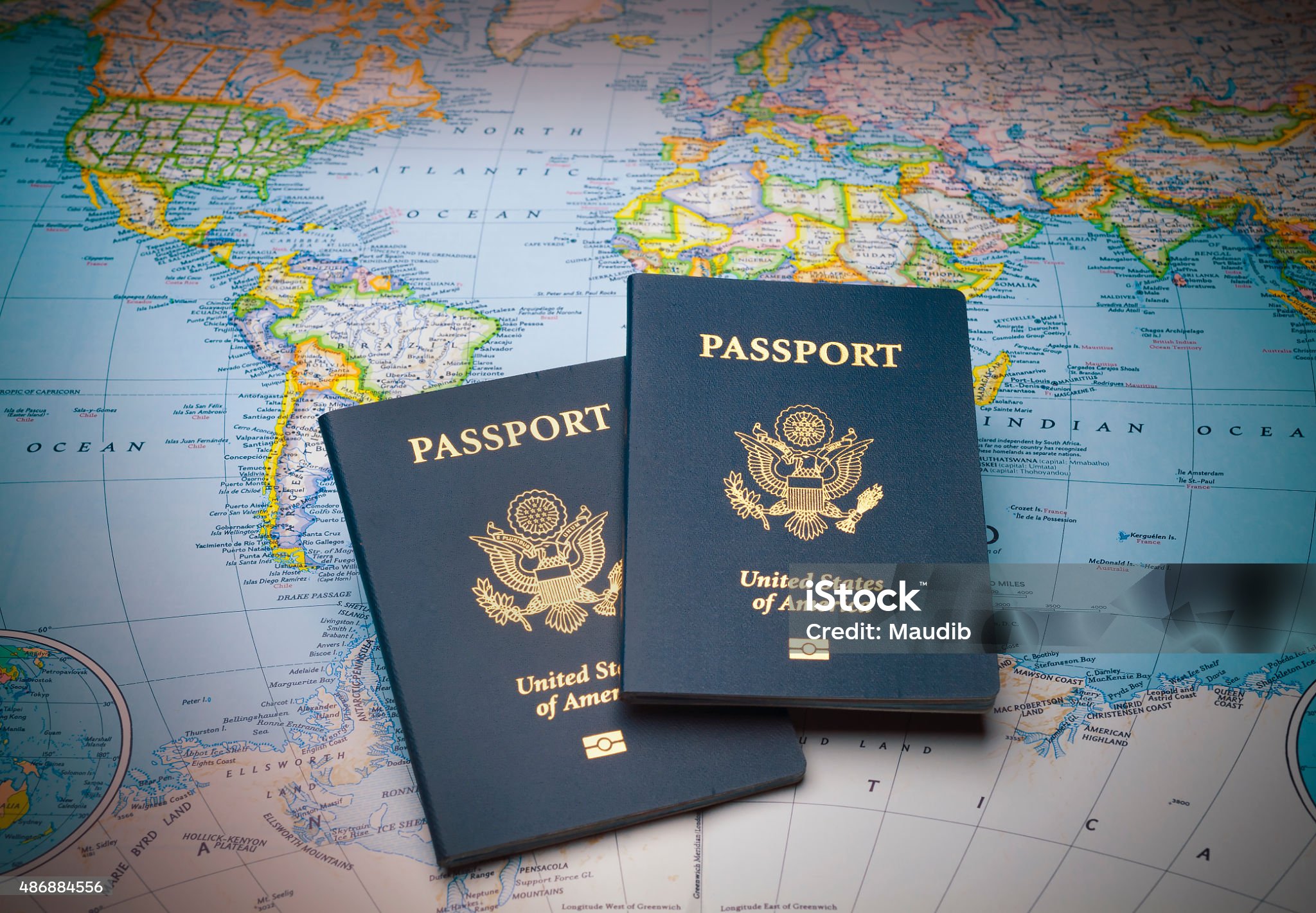A Detailed Guide on International Driver’s License and Their Legal Implications
A Detailed Guide on International Driver’s License and Their Legal Implications
Blog Article

1. Overview of Identification Documents
Identification documents have significant personal and societal impacts. They act as "permissions" and "access passes," meaning society functions smoothly only when they are available and universally accepted. Various types of identification documents exist, each representing a distinct aspect or purpose. Take, for instance, a copyright, which authorizes one to operate a vehicle, and a copyright, which demonstrates citizenship and enables global travel. These documents are highly valuable on a personal level and play a crucial role in the transaction of contracts, for example, when applying for a job, accessing services, purchasing insurance, or renting a vehicle. Often, financial institutions may need to verify these documents when dealing with borrowers who appear unreliable or have poor credit histories. These documents function as both identity verification and legal authorization to operate financially or otherwise.
Identification documents have not always been an essential part of daily life, as they are today. The importance of these documents has grown alongside changes in security measures and legal requirements. Advances in information technology allow organizations to create highly secure systems that surpass the ID technologies accessible to the public. Many countries are in the process of standardizing their IDs with biometric technology. Some already utilize electronic exit systems.
A person's identification documents are "proof" that signifies the legal status of an individual. The "real identification" acknowledged universal documents include passports, copyright, copyright, and driver's licenses at both the international and national levels. People often securely store their critical identification documents so that they can readily access them at a moment's notice.
This discussion addresses the legitimacy and importance of certain documents such as IDP, Real ID, copyright, copyright, copyright, and resident permits to increase awareness of their relevance. Educational staff and the general public need to be informed about these documents, and this knowledge could help prevent their loss or aid in their recovery. This information is intended for both domestic and international readers to ensure they do not miss the most important documents they need for their own knowledge and ideals.
2. Legal Structures and Rules Overseeing Identification Documents
Identification documents are governed by laws and regulations that vary from one jurisdiction to another. These documents are given to individuals by issuing authorities following rules to ensure accuracy and authenticity. These documents can be compulsory in some cases and allowed as verification and/or validation in others. It is the responsibility of the individual to follow the rules of the jurisdiction that governs the use of the document. In summary, it is important for individuals to understand the local or specific legal requirements that apply to them in any jurisdiction where they expect or plan to carry out any transaction or to use such documents. For the most part, state or local government agencies are responsible for issuing, regulating, and limiting specific documents for designated transactions.
The varying requirements of each jurisdiction and reasons for identification documents, may clash with the necessity for international travel and business operations. It is, therefore, a global concern when people feel wholly alienated when they travel from one country to another and do not comprehend the rules and regulations regarding identification documents. It would be impossible to detail every country’s specific identification rules here, but it is important to know, today and in the future, with nearly 200 countries bordering this globe and some 7 billion inhabitants who are traveling, trading, and doing business with each other. Failure to follow these rules could lead to legal issues in another country, requiring adherence to international and reciprocal laws. Noncompliance can have civil and possibly criminal legal implications as it violates laws, including laws about identity, privacy, trade, commerce, and human rights.
Public policies and protected rights can sometimes clash when creating security regulations for travel IDs. That is, human rights can be at odds with public policies that demand strict identification measures to prevent terrorism. Finally, within the last five years, with the rise and acceptance of digital mobile driver's licenses, countries have been clarifying or drafting new laws and regulations to govern their use, which remains an evolving area. The next frontier for global travel is believed to be the use of digital identification for global travel. Even with the world moving toward mobile driver licenses, passports will likely remain necessary for some time to come. 
The standard and evolution of mobile driver licenses and digital ID are also undergoing rapid change. Take California as an example: roughly two years after the state passed its mobile copyright legislation, stakeholders are nearing agreement on the formal regulations for California's first mobile copyright.
3. Comparative Study of International Driver’s License, Real ID, copyright, copyright, copyright, and Resident Permit
The International Driver’s License acts as an identification document for those driving abroad Neither the United Nations nor the International Non-Governmental Organization ever made the International Driver’s License to facilitate travel within a group of states.
The Real ID, is mainly used as a form of identification acceptable for boarding domestic flights, and functions alongside state driver’s licenses and ID cards that meet national standards. In addition to domestic travel, the Real ID can be used to enter federal sites and nuclear plants. It is important to note that the Real ID is not a substitute for travel documents like passports, visas, or IDP resident permits. Even though some individuals may use the Real ID abroad for personal identification or date of birth purposes, its main function is for domestic use.
In the United States, passports serve as original forms of identification, as opposed to derived ones. Passports were developed to ensure citizen safety abroad and aid in travel for diplomatic reasons, treaty negotiations, or international matters of concern. This is the copyright’s official and administrative purpose. The copyright also has, of course, a bureaucratic or private use. To travel internationally, or even regionally in some cases, travelers need more than just a copyright; they must also satisfy several other criteria.
copyright are issued at birth and are typically required to acquire passports and other forms of official ID. In comparison, copyright and passports might appear to serve similar purposes. That said, a copyright provides extended functions beyond its initial use. Additionally, while a copyright is used to acquire a copyright, it does not result in a “second copyright”. A copyright is irrelevant to obtaining a second copyright unless it involves taking on an illegal nationality.
4. Security Elements and Fraud Prevention in Identification Documents
Several security measures are employed to safeguard against fraud, counterfeiting, and unauthorized tampering of identification documents. For example, many ID cards and documents include advanced features like holograms, layered images, and laser-etched designs. Other cards may contain an embedded RFID chip with a stored digital image and other biometric information.
Many security features are covert or semi-covert, like special inks or designs, watermarks, and microtext. All these features are intended to ensure that ID documents are difficult to copyright. 
In general, the level of security of an copyright must align with the degree of trust needed for its use. copyright security features, for example, need not be as robust as those on a copyright, since the copyright is used for travel and the copyright is used mainly domestically.
Technological progress has enabled the development of increasingly complex security features for identification cards. It is important to actively promote and adapt new security features and issuance practices whenever possible to stay ahead of potential counterfeiters and fraudsters.
Additionally, constantly assessing existing and new security features and issuance techniques is critical. This evaluation ensures that identification security systems remain strong in the face of new and advancing threats.
A robust anti-fraud security system should emphasize both preventive and responsive measures. Proactive measures can include workshops, public service announcements, educational outreach, and security conferences.
5. Conclusion and Future Trends in Identification Document Technology
This article examines the diverse forms of identification documents found around the world. It is important to see ID not only from the point of view of the technical level (multiple security features, function to verify, government and issuance bodies that could verify, etc.), but also from a legal regulatory point of view that would show the verification in courts where the document was used.
Research reveals differing views on what makes an identification document effective and how its verification utility can vary by location. Additionally, ethnography could illustrate how varying cultural perspectives influence the concept of an ideal identification document. Comparison studies shed light on how identification document legitimacy can differ, even among countries with similar systems.
The future of identification documents is being shaped by cutting-edge technological advancements. Technology is continuously boosting the CV and service offering of standard secure documents such as eIDs to follow the adoption of mobile phones. Key developments in this technological shift involve biometrics and blockchain technology as part of secure identification systems.
Biometrics and its “liveness” function will capture biometric data during direct interaction with the enrolling authority, ensuring identity accuracy and reducing the risk of digital identity fraud. It will go beyond our basic human rights recognized by international law and several constitutions. Access to this biometric data needs to remain highly private and governed by the individual’s consent.
Digital identity systems may cause exclusion concerns, particularly for those who lack easy access to them. Not everyone is able to easily obtain a digital identity. Some already speak of an “identity gap” widened by technology, which creates disparities in access to identity verification needed for participation in various societal sectors.
Digital identity systems should be more systematically compared with physical identification documents. So, apart from verifying identity, these databases are used to verify the risk levels for various transactions. Further research is needed to examine how the rights associated with offline identification verification can be extended to digital identity scenarios.